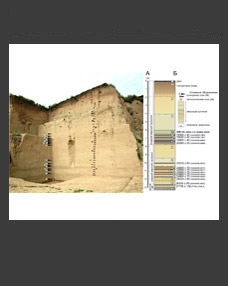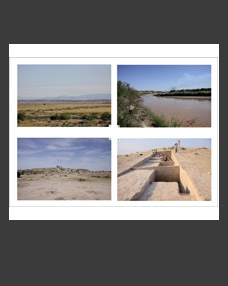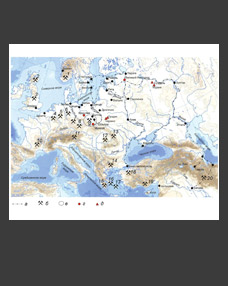Yana Tchekhanovets1,* and Leonid A. Belyaev2,**
1Department of Archaeology, Ben-Gurion University of the Negev, Beer Sheva, Israel
2Institute of Archaeology RAS, Moscow, Russia
*E-mail: yanatchk@bgu.ac.il
**E-mail: labeliaev@bk.ru
Keywords: archaeology of the Syrian-Palestinian region, trade in antiquities, history of falsifications, coroplasty, Jerusalem, W.-M. Shapira, Charles Clermont-Ganneau, Russian collectors, Archimandrite Antonin Kapustin.
The article publishes materials from the collection of Archimandrite Antonin Kapustin, head of the Russian Ecclesiastic Mission (1865–1894), kept in the Russian monastery on the Mount of Olives in Jerusalem. These include 69 small figurines made by order of W.-M. Shapira in the 1870s. The forgery was soon exposed by Charles Clermont-Ganneau. The selection of figurines in Father Antonin’s collection is probably the most representative of those that have survived. These are mainly small anthropomorphic sculptures molded with great imagination. In some cases their surface is decorated with “Phoenician” letters and modest decor of small dots. The composition often uses two masks (human faces) or two heads. Mediterranean archaic was chosen as the style. The article provides an outline of modern research into falsifications in the archaeology of Jerusalem. The authors assess the uniqueness of the Russian pilgrimage tradition and its influence on the formation of the Russian collection of Archimandrite Antonin (Kapustin) in the Ascension Monastery on the Mount of Olives.
DOI: 10.31857/S0869606324040149, EDN: KHIJOI







